This post may contain affiliate links. If you make a purchase by clicking on these links, I may earn a small commission at no extra cost to you. Read the disclaimer for more information.

The city of Southampton on England’s south coast is one of the UK’s most important ports and has been for centuries. Since medieval times, ships have been arriving and departing from the natural deep water harbour of Southampton Water, making Southampton a city full of history. During our recent trip to England, we hopped on a train and headed off for the day to discover what this historic port has to offer.
Today, Southampton is a much larger city than it was when the fortified town got its name in the 10th century, and the city’s streets and modern buildings spread far out past the old city walls. It is here however – within the confines of the remnants of the medieval walls – that you will discover Southampton’s historic sites.
The old city walls were built to surround the city after the French raided and sacked Southampton in 1338. King Edward III was furious that the town’s people had allowed the city to be attacked so easily and have his wine and goods stolen. He therefore ordered the walls to be built the following year and to be maintained and defended by the town’s people. Surprisingly, large sections of the original walls remain, and you can do a walk along them to discover the city’s history. The walk starts at the Bargate – the old entrance gate to the city, still standing today.

The Bargate – the medieval entrance to the old town

Walking along the city walls with a view of one of the medieval towers

Walking below the medieval walls

Looking through one of the gates into the old town

View of the Tudor Merchant’s Hall (15th century) from on top of the city walls

The Wool House (14th century)- the only medieval warehouse still standing in Southampton
After walking along the city walls and along the esplanade we made our way into the centre of the Old Town to view some of Southampton’s remaining medieval buildings. Being that Southampton is a major port, it was badly bombed by the Germans during the Second World War. The city was almost flattened and most of the buildings standing today are fairly modern. A handful of very old buildings have however been restored, including Tudor House – one of the best examples of Tudor architecture in the city. Once a Tudor Townhouse with an attached banquet hall, the house is now an excellent museum.

An old medieval merchant’s house

St Michael’s Church

Tudor House, built in the 14th century

An old cannon on the walls behind Tudor House
While walking around the Old Town I couldn’t help but notice that some of the most charming buildings are the city’s old pubs, and after all of this sightseeing we were feeling quite thirsty. The first pub to try was The Duke of Wellington – picturesque on the outside and warm and cosy on the inside. The recommended ale was the Bishop’s Tipple which went down well next to the open fireplace.

View from the back of The Duke of Wellington

The Duke of Wellington – once a 12th century house, the building became a pub in the late 15th century called “The Bere House”. It was renamed as The Duke of Wellington after the Battle of Waterloo.
We decided to try another pub for a pub lunch and headed to the Tudor style pub called the Juniper Berry. This pub is stunning on the outside but a typical English pub on the inside. There wasn’t any food happening so we settled in for a pint of Bombardier before stepping out to find another place.

The Juniper Berry
Southampton is England’s main cruise hub, and ships of all sorts have been docking here for centuries. This includes one of the most famous ships of all time – The Titanic. Over a hundred years ago this iconic ship set off on its fateful maiden voyage from the docks of Southampton. It seemed fitting that our pub lunch should be at The Titanic – a lovely red brick pub set on a picturesque corner of the old town.

The Titanic
Our brew of choice was The Titanic’s house ale, the best choice of the day by far, and lunch was a typical pub lunch of fish and chips, cooked up by the bartender in between pouring pints. This was a great way to end the day, with a pint of ale in a great English pub, with funny conversation with some local shipyard workers.

The old piano in The Titanic

Having a pint of The Titanic Ale
If you have some spare time on England’s south coast, or even in London, take a day trip to Southampton. There is plenty to see and do, and if you can’t find anything, there is always the pubs 😉


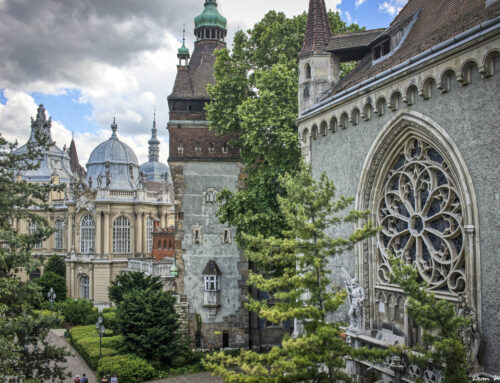
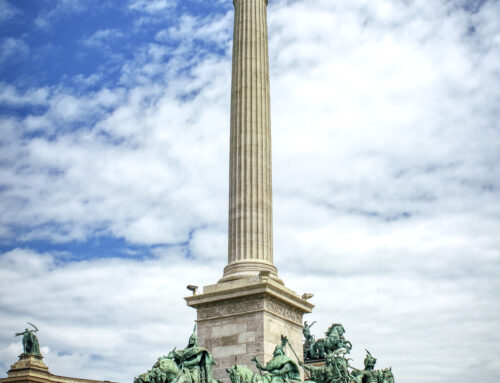
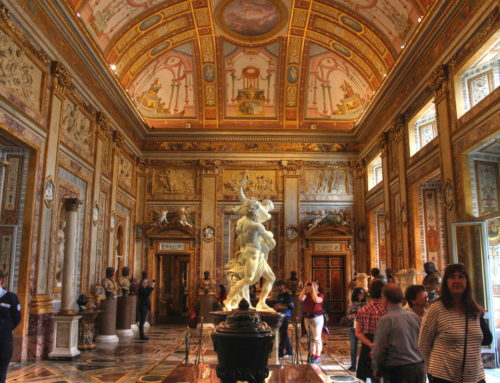
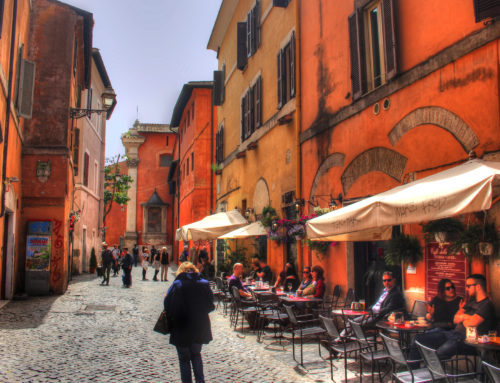
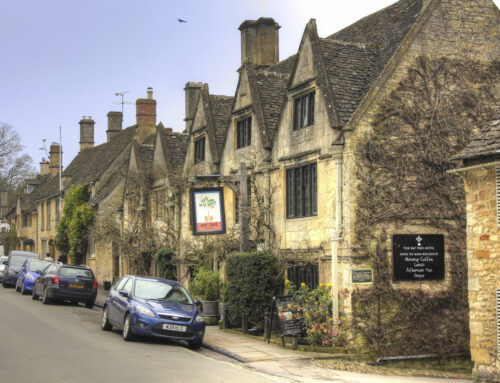
Great photos Dean. I knew you would appreciate the old English pubs.
Oh yes, loved the pubs 😉
The architecture of these buildings gives a portray of the culture of this place. great.
Black Beauty in Architecture. lovely